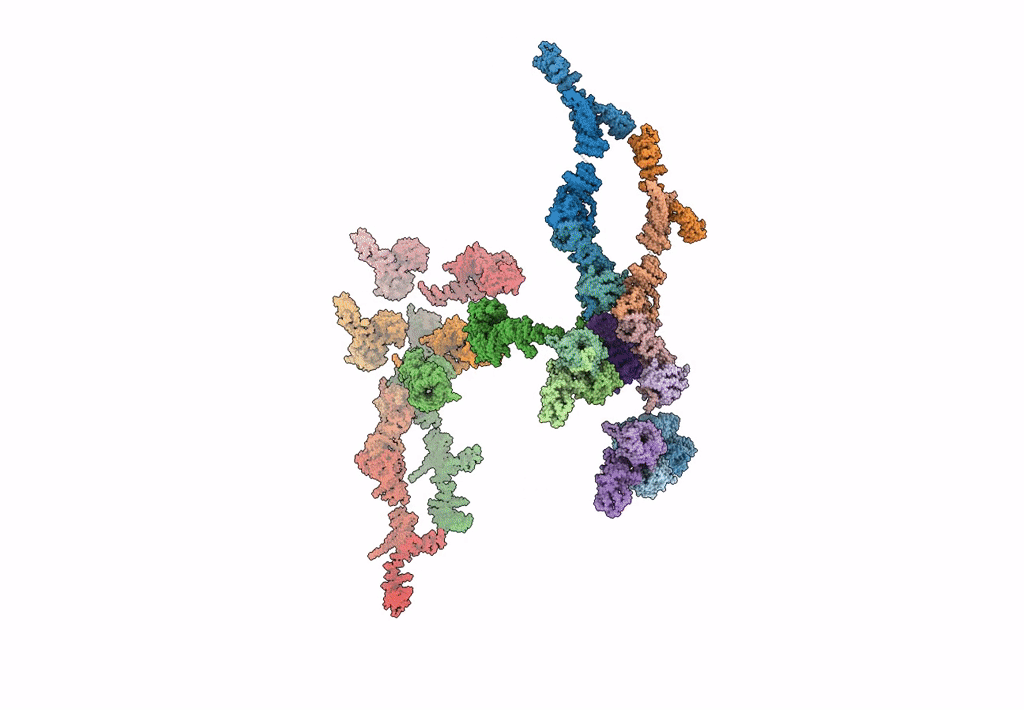
Deposition Date
2015-07-22
Release Date
2015-09-30
Last Version Date
2024-05-08
Method Details:
Experimental Method:
Resolution:
23.00 Å
Aggregation State:
PARTICLE
Reconstruction Method:
TOMOGRAPHY


